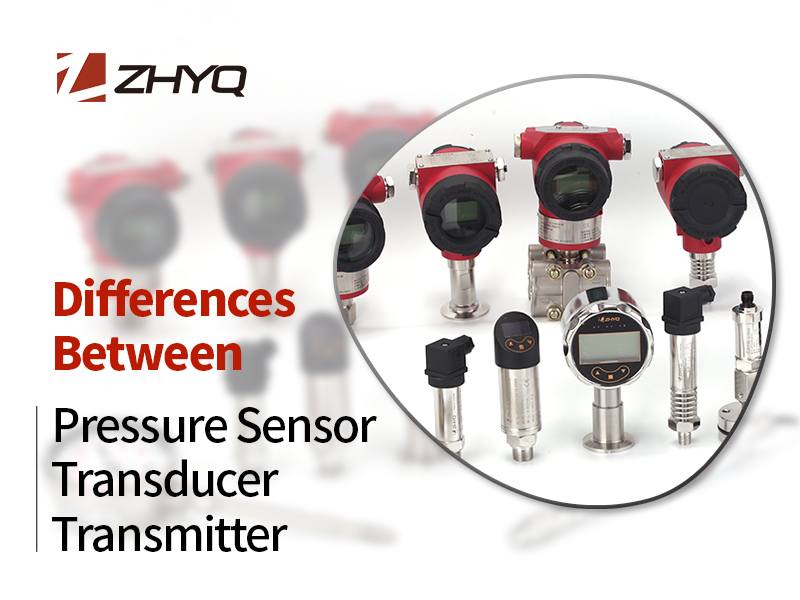SENSOR, TRANSDUCER, OR TRANSMITTER?
What are some of the main differences between the terms pressure sensor, transducer, and transmitter?
The terms pressure sensor, pressure transducer, and pressure transmitter are somewhat interchangeable in the industrial world. Pressure sensors can be described with a 4-20mA output signal and pressure transducers with a millivolt signal. Once the details are described to define the output signal and application, the proper term can be set. Here is a quick guideline on the terms and some benefits and limitations for each.
PRESSURE SENSOR
Millivolt (mV) output signal (also a general term for all pressure types); a device that measures pressure. The millivolt output signal can typically be used ten (10) to (20) feet away from the electronics without significant signal loss. The signal is proportional to the supply. A 5VDC supply with a 10mV/V output signal produces a 0-50mV output signal.
Older technologies such as bonded foil strain gage or thin-film technology produce 2-3mV/V (millivolts per volt), whereas MEMS technology can produce 20mV/V reliably. Millivolt output signals give the design engineer the flexibility to condition the output signal as their system needs it and can reduce package size and cost.
PRESSURE TRANSDUCER
High-level voltage or frequency output signal including 0.5 to 4.5V ratiometric (output signal is proportional to the supply), 1-5V, and 1-6kHz. These output signals should be used within twenty (20) feet of the electronics. Voltage output signals can offer low current consumption for remote battery-operated equipment such as wellhead SCADA systems. Supply voltages are typically from 8-28VDC, except for the 0.5-4.5V output, which requires a 5VDC regulated supply. Older voltage output signals, such as 0-5V, do not have a “live zero” where there is a signal when the sensor is at zero pressure. The risk is that the system does not know the difference between a failed sensor with no output and zero pressure.
PRESSURE TRANSMITTER
The current output signal, i.e. 4-20mA (4 to 20mA), the current, rather than the voltage, is measured on the device, rather than the voltage; TE pressure transmitters are two-wire devices (red for supply, black for the ground). 4-20mA pressure transmitters offer good electrical noise immunity (EMI/RFI), and will need a power supply of 8-28VDC. Because the signal is producing current, it can consume more battery life if operating at full pressure.

